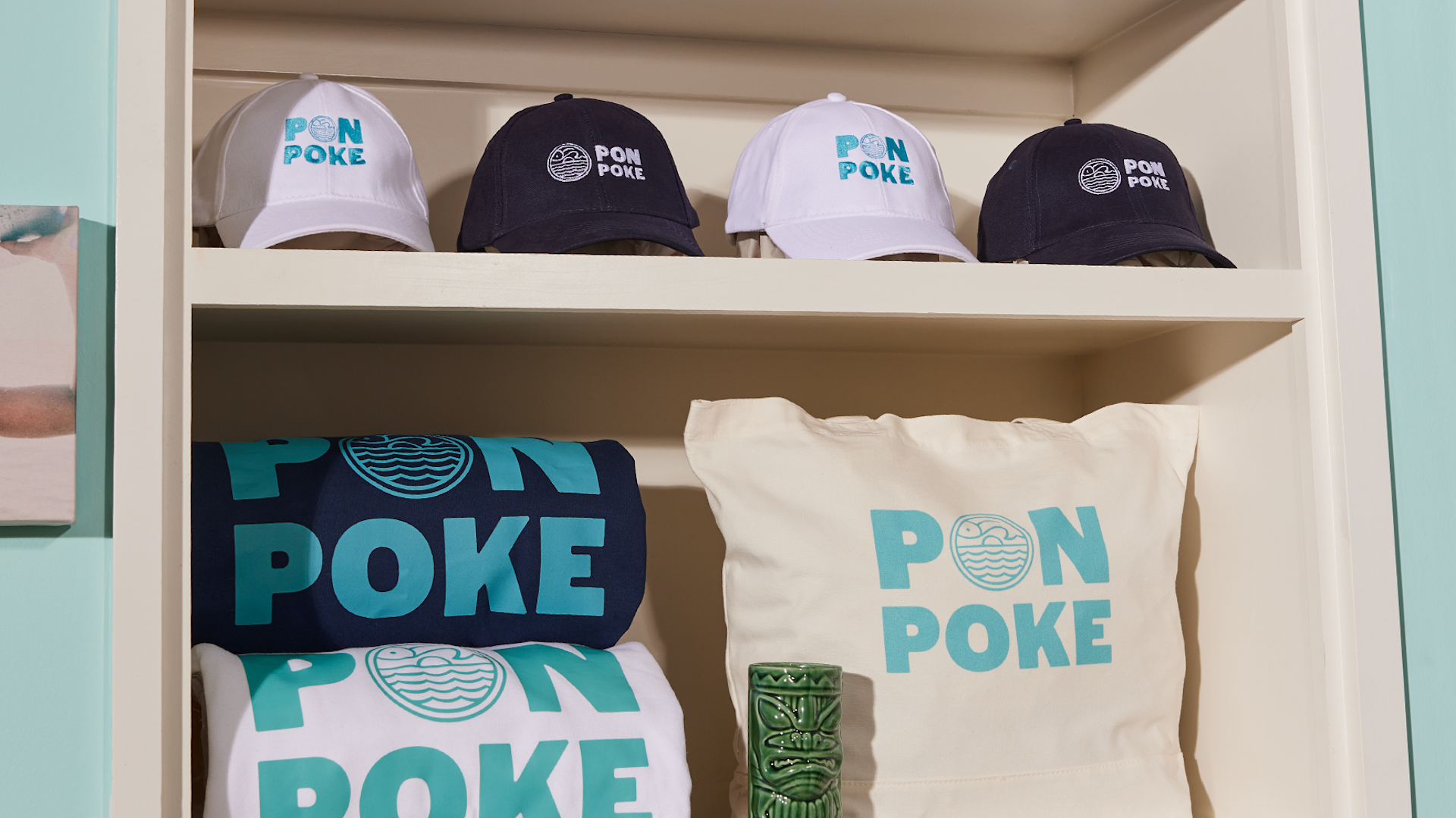The Science Behind Breathability in Branded Clothing Materials
The Science Behind Breathability in Branded Clothing Materials
Blog Article
Recognizing Clothing: The Relevance of Fabric Options in Your Closet
The selection of fabric in garments plays a critical duty in both visual appeals and performance. Various products supply differing levels of toughness, convenience, and breathability, straight affecting the user's experience. Recognizing these subtleties can improve one's closet noticeably. Yet, lots of overlook how these choices can affect not just individual style, yet also sustainability. What textile decisions could redefine your closet and align it with both design and duty?
The Function of Textile in vogue and Performance

Usual Material Kinds and Their Characteristics
When selecting clothes, understanding the qualities of common material types is vital for making educated selections. Cotton, a widely-used natural fiber, is understood for its gentleness, breathability, and flexibility, making it suitable for laid-back wear and day-to-day garments. Linen, one more natural choice, boasts outstanding moisture-wicking residential or commercial properties and an unique texture, suitable for warm climates.Wool, frequently favored for its warmth and resilience, differs in excellence; merino woollen is soft versus the skin, while coarser kinds are used for outerwear. Artificial fabrics like polyester and nylon supply sturdiness and resistance to creases, making them prominent for activewear and traveling garments. Blends, which combine artificial and natural fibers, can boost capability while preserving convenience. By acknowledging these fabric characteristics, people can choose clothing that straightens with their lifestyle and aesthetic choices.
Breathability and Convenience: Picking the Right Fabrics for Various Climates
Picking the right materials for various climates can significantly boost comfort and general wearability. Breathable products are necessary in warm environments, as they enable air blood circulation and moisture dissipation. Fabrics such as cotton, linen, and moisture-wicking synthetics successfully draw sweat away from the body, keeping the wearer cool and completely dry. On the other hand, in cooler environments, thicker fabrics like woollen or fleece give insulation while keeping breathability, ensuring heat without overheating.Additionally, the choice of fabric weight plays a vital duty; lightweight textiles are preferable for summer, whereas much heavier choices are fit for winter months wear. Recognizing the special residential or commercial properties of each material makes it possible for people to clothe appropriately for varying weather conditions. Eventually, choosing breathable and comfy materials customized to specific environments can considerably enhance day-to-day convenience and enhance the general experience of using clothes.
Resilience and Treatment: How Textile Influences Longevity of Your Closet
Choosing the best products can considerably affect the durability and treatment requirements of a closet. Fabrics such as cotton and polyester are recognized for their durability and simplicity of maintenance, making them suitable for daily wear. In contrast, delicate products like silk and lace need more cautious handling and specialized cleaning methods, which can boost the time and initiative needed for care. Branded Clothing.Durability is also influenced by the fabric's weave and coating; securely woven textiles tend to withstand damage far better than freely woven alternatives. Furthermore, synthetic blends typically offer boosted toughness, incorporating the finest top qualities of several fibers.Understanding the care instructions for each and every textile is necessary, as inappropriate washing or drying out can result in premature wear. Ultimately, picking sturdy products can result in a longer-lasting closet, reducing the frequency of substitutes and adding to a much more sustainable style selection
The Effect of Textile on Fit and Silhouette

Lasting Textile Selections: Making Eco-Friendly Choices
The influence of material extends beyond fit and shape to incorporate environmental aspects, motivating a growing passion in sustainable material selections. Eco-friendly fabrics, such as organic cotton, hemp, and Tencel, are gaining traction among consumers who focus on sustainability in their wardrobes. These materials are often generated with fewer chemicals and water, decreasing their ecological footprint.Additionally, recycled textiles, made from post-consumer waste, offer an ingenious remedy to the fabric industry's contamination issue. Brands progressively welcome transparency in their sourcing methods, permitting customers to make educated decisions about their purchases.Choosing lasting fabrics not just supports ethical techniques however also motivates the fashion business to embrace more liable production approaches. As understanding of environmental concerns rises, people are prompted to review the long-term impact of their material choices, fostering an activity towards an extra sustainable and ecologically conscious method to style.
Raising Style: How Material Can Change an Attire
While lots of may concentrate on color and cut when picking an attire, the selection of material plays you could check here a vital duty in raising style and boosting total appearance. Different materials convey unique moods and messages; as an example, silk exhibits high-end and sophistication, while jeans uses a laid-back, loosened up vibe. The structure and drape of a material can substantially alter the silhouette, with organized materials supplying a sleek appearance and softer ones developing a much more fluid, kicked back aesthetic.Moreover, the weight of the textile affects wearability across periods. Lightweight fabrics like bed linen and cotton are ideal for summer season, while larger products such as woollen and velour provide heat and elegance in cooler months. Understanding fabric properties, such as breathability and stretch, additionally equips individuals to make educated options that enhance comfort without compromising design. Inevitably, the appropriate textile can change a clothing from regular Resources to phenomenal, making it an essential factor to consider in any type of wardrobe.
Regularly Asked Concerns
How Do I Identify the Fabric Web Content of My Garments?
To recognize material web content, one can take a look at care tags, conduct shed tests for fiber identification, or speak with textile examples. These approaches assist separate materials, guaranteeing informed choices for apparel care and upkeep in daily wear.
Can Material Selection Affect My State Of Mind or Confidence?
Fabric choice can significantly influence an individual's mood and self-confidence. Branded Clothing. Particular materials might evoke feelings of convenience or sophistication, while others can feel restrictive or uncomplimentary, ultimately affecting self-perception and psychological wellness throughout the day
What Fabrics Are Finest for Delicate Skin?
For individuals with delicate skin, all-natural fabrics like bed linen, bamboo, and cotton are frequently suggested. These products are breathable, hypoallergenic, and less most likely to trigger inflammation, making them suitable choices for convenience and skin health and wellness.
How Do I Appropriately Laundry and Take Care Of Different Fabrics?
To correctly care and clean for various materials, one must think about each product's particular demands, consisting of temperature level setups, detergents, and drying out methods, making sure longevity and preserving the material's initial qualities for excellent usage.
Exist Particular Fabrics for Athletic or Performance Use?
Athletic or performance wear usually utilizes materials such as spandex, nylon, and polyester. These products are designed for moisture-wicking, breathability, and versatility, enhancing motion and convenience throughout physical activities while offering sturdiness and support. On the other hand, in colder environments, thicker fabrics like woollen or fleece give insulation while retaining breathability, making certain heat without overheating.Additionally, the option of material weight plays an essential duty; light-weight textiles are more effective for summer, whereas heavier choices are fit for wintertime wear. In comparison, delicate materials like silk and shoelace require even more careful handling and specialized cleansing techniques, which can boost the time and initiative needed for care.Durability is likewise influenced by the fabric's weave and news finish; tightly woven textiles tend to resist wear and tear much better than freely woven alternatives. In comparison, rigid fabrics can restrict activity however offer a traditional, polished look.Moreover, the density and appearance of the textile can affect the visual perception of body form. The impact of fabric expands beyond fit and silhouette to include ecological aspects, triggering a growing interest in lasting fabric options. The structure and drape of a fabric can significantly modify the shape, with structured fabrics providing a sleek appearance and softer ones developing a much more fluid, relaxed aesthetic.Moreover, the weight of the material affects wearability across periods.
Report this page